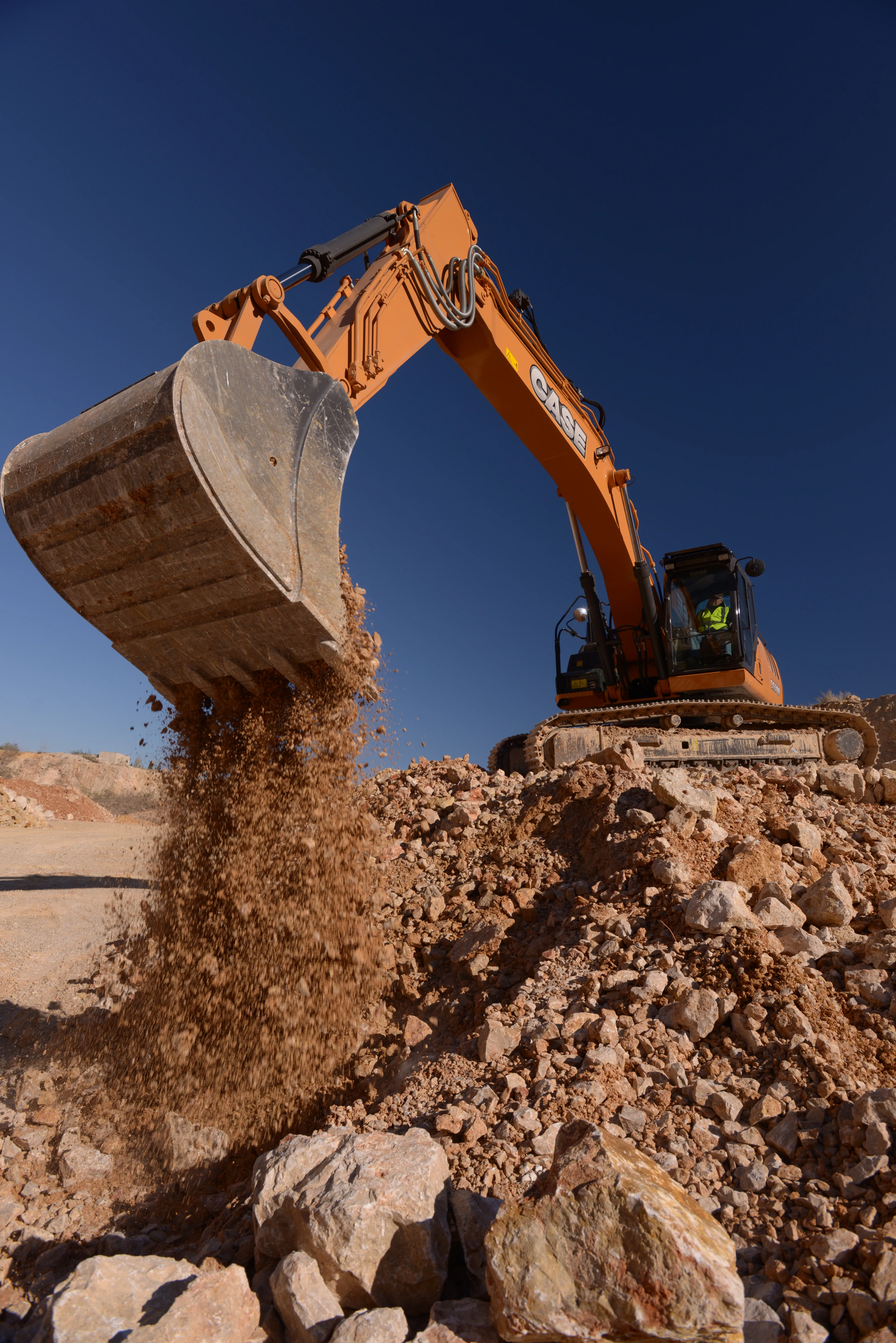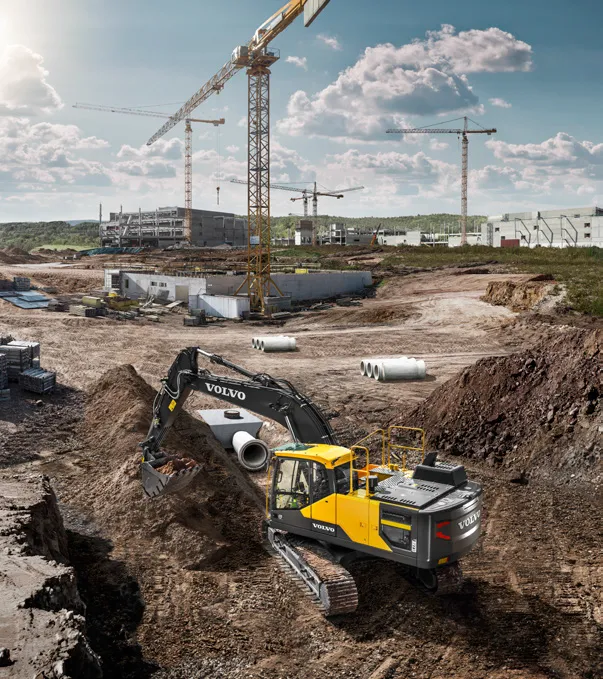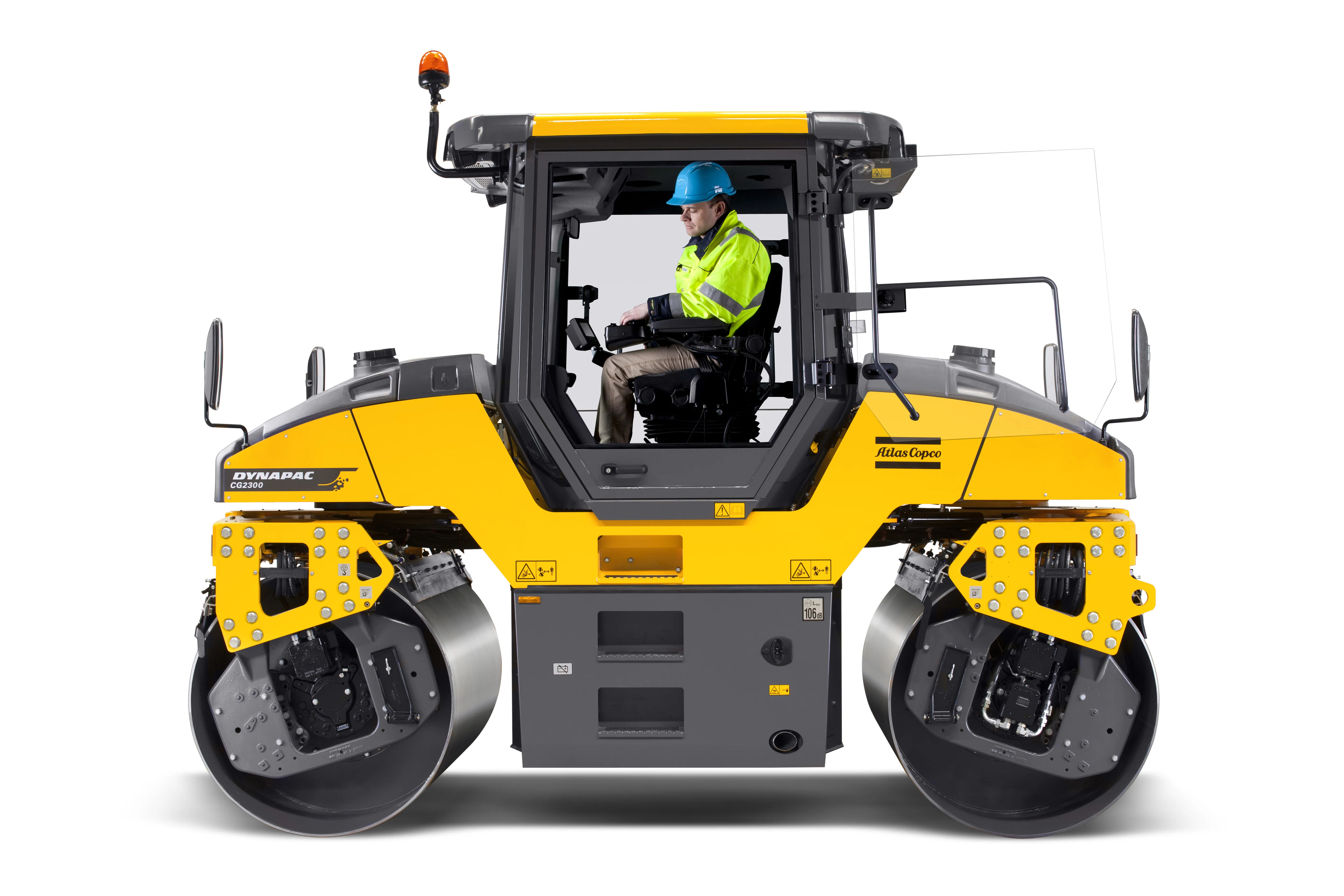
Ranging from 25-40 tonnes,
The quartet of new models – CX250D, CX300D, CX350D, and CX370D - have Tier 4 Final (Stage IV) engines and boast new features and upgrades said to raise the bar on the performance of CX excavators.
The new D Series machines feature the proven Case Intelligent Hydraulic System, said to place Case CX excavators among the very best in the market for their impressive controllability and performance. The new electronically controlled hydraulic pumps and larger main valve further raise the new generation’s productivity: they improve the machine’s responsiveness, said to result in cycle times up to 12% faster than the previous generation’s; they result in a breakout force up to 6% higher than the C Series; and they increase the models’ lifting power.
Furthermore, the CX370D features two bigger pumps compared to the model it replaces, with a maximum flow of 2x300litres/minute.
The new D Series crawler excavators are said to strengthen Case’s leadership in fuel efficiency, claimed to be up to 8% higher than the previous generation’s as a result of the engine technology and the improved hydraulics.
D Series models comply with Tier 4 Final (Stage IV) emissions standards with Case’s maintenance-free SCR solution, which requires no Diesel Particulate Filter or regeneration, resulting in maximum uptime and lower operating costs.
The models’ large AdBlue tank and low additive consumption are said to result in outstanding autonomy, as the AdBlue tank only needs to be refilled every five refuelling stops, so that Case customers will be able to work longer hours without pause.
The pressurised cab with cushioning system is said to ensure remarkably low noise and vibration levels, providing an operating environment among the quietest in the D Series’ class.








